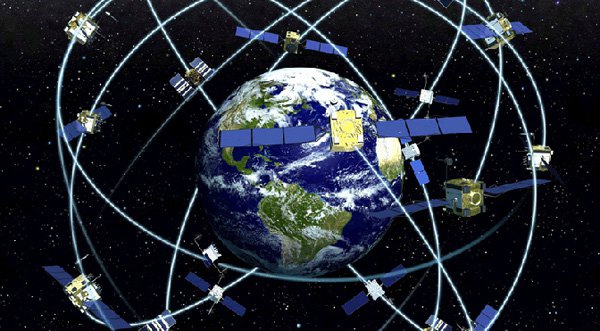A Picture is worth a Thousand Words

The saying “a picture is worth a thousand words” is true for most. Think back to how many times you’ve believed your GPS over someone just giving you directions to a certain location.
GPS or Global Positioning System is a term that is used almost on a daily basis. GPS was discovered in the 1950’s when what seemed at the time like a major defeat in the Cold War, turned out to be the catalyst for one of the most important technologies of the 20th century, and maybe the 21st century as well.
In October 1957 scientists at MIT noticed that the frequency of the radio signals transmitted by the small Russian satellite increased as it approached and decreased as it moved away. This was caused by the “Doppler Effect”, the same thing that makes the timbre of a car horn change as the car rushes by.
They realised that satellites could be tracked from the ground by measuring the frequency of the radio signals they emitted, and conversely, the locations of receivers on the ground could be tracked by their distance from the satellites. That is the conceptual foundation of modern GPS in a nutshell.
The GPS receiver in your cellphone or your car or even in an airplane learns its location, rate of speed, and elevation by measuring the time it takes to receive radio signals from four or more satellites floating overhead.
GPS has come a long way since 1957. In 1959 The Navy built the first real satellite navigation system, the system was designed to locate submarines, and started out with six satellites and eventually grew to ten.
In 1974 branches of the military, after having worked on a GPS system for the past 11 years, launched the first satellite of a proposed 24-satellite GPS system. This satellite was called NAVSTAR and over the years that followed more than 10 test satellites were sent into space to test the NAVSTAR system, which by then was called simply “the GPS System”. The satellites carried atomic clocks with them, to precisely measure transmission times. Some of these satellites (starting in 1980) carried sensors designed to detect the launch or detonation of nuclear devices.
When GPS met Aviation…
Shortly after the Russians shot down Korean Air flight 007 in 1983, after it wandered off course into Soviet airspace over the Kamchatka Peninsula, President Reagan offered to let all civilian commercial aircraft use the GPS system to improve navigation and air safety.
So if you are interested in GPS systems in aviation then please do go and visit Century Avionics, whereby you will find top quality aviation equipment from leading brands all over the world.